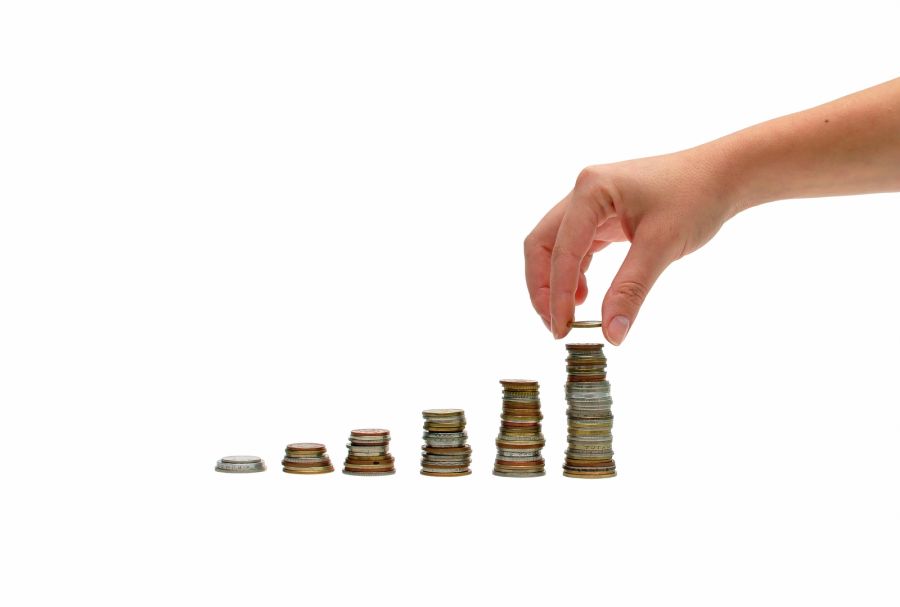Manage Your Debt - Let's Explore Your Options
GET STARTED NOWOne Fast, But Not Easy, Method for Getting Out of Credit Card Debt

A few days ago, we posted an article about using a balance transfer card to get out of debt. Today, we will cover one of the trickiest methods for getting out of debt – the snowball or avalanche method. We say this is the trickiest method because it requires both dedication to managing your finances and the discipline to stop using your credit accounts. You also need to commit to paying more than the minimum monthly payments for each account. If you can manage these requirements, this method can work for you. If you need more help with your accounts, you can find another debt management option on our blog.
The benefits of using these methods are threefold:
- You get out of debt faster than you would if you just paid the minimum payments due on your credit cards.
- You pay less in interest.
- There are no negative repercussions to your credit.
How does it work?
There are some variations of these plans, but in a nut shell, it works like this:
Review your budget and determine the maximum amount of money you can dedicate to your credit card bills each month. This is not the amount that is due when you add your minimum payments together. This is a higher amount that you feel you can afford to send to creditors.
Organize your credit card bills. Collect and write down (in a spreadsheet, on paper, or use another tracking method that works for you) the name of the creditor, the amount you owe, the interest rate and the minimum payment.
- ABC Credit Card Company
- Balance - $4,050
- Interest rate – 9.9%
- Minimum payment - $100.00
Rank these accounts in order of the interest rate. (Variation #1 – you can also rank the debts by which one has the highest/lowest balance). The goal is to focus on paying off the debt with the highest interest rate first. This debt is costing you the most money. If you decide to go after the account with the lowest balance, that is fine too. Paying off an account sooner, because it has a lower balance, can be the extra motivation that some people need to remain focused on the goal.
Assign payments. After you have chosen the account you want to focus on paying off first, assign each of the remaining creditors their minimum monthly payment. The creditor you want to focus on will receive the remainder of what you said you could afford to send each month (see step 1). This should be more than the minimum due.
Keep the total monthly payment the same. After you pay off an account you reallocate those funds to one of your remaining creditors. You do not reduce the overall amount you send, you simply change the distribution. You send that amount until the next account is paid in full. Continue the cycle until all of your accounts are paid.
How to handle paid accounts
Now the question should be, what do you do with the account once it is paid in full? You have a few options beginning with closing the credit card. You have probably heard that closing a credit card can have a negative impact on your credit score. This is true. However, if you have other open accounts on your credit report, the impact could be negligible. The score is also looking at how much available credit you have in relation to the amount of debt you are carrying on credit cards. If closing the credit card will cause you to use over 30% of the available credit limit, you may want to leave the card open while you work to pay down the others.
Sometimes, creditors may close an account if it is not being used. A way to avoid this is to consider using the paid credit card to pay a monthly bill such as Netflix or a utility account. Once the credit card has paid the bill, use the money you normally send to the biller and pay the card off instead. That way, you prevent the card from being closed and you avoid accumulating debt.
We realize that this method may not work for everyone, which is why we provided a link to information about a debt management program. You can also contact a certified credit counselor today to receive a free credit report review, help assessing all of your debt repayment options and a plan for getting out of debt. 1-888-818-5037 or click to chat at the top of your screen.
Published Apr 20, 2015.
